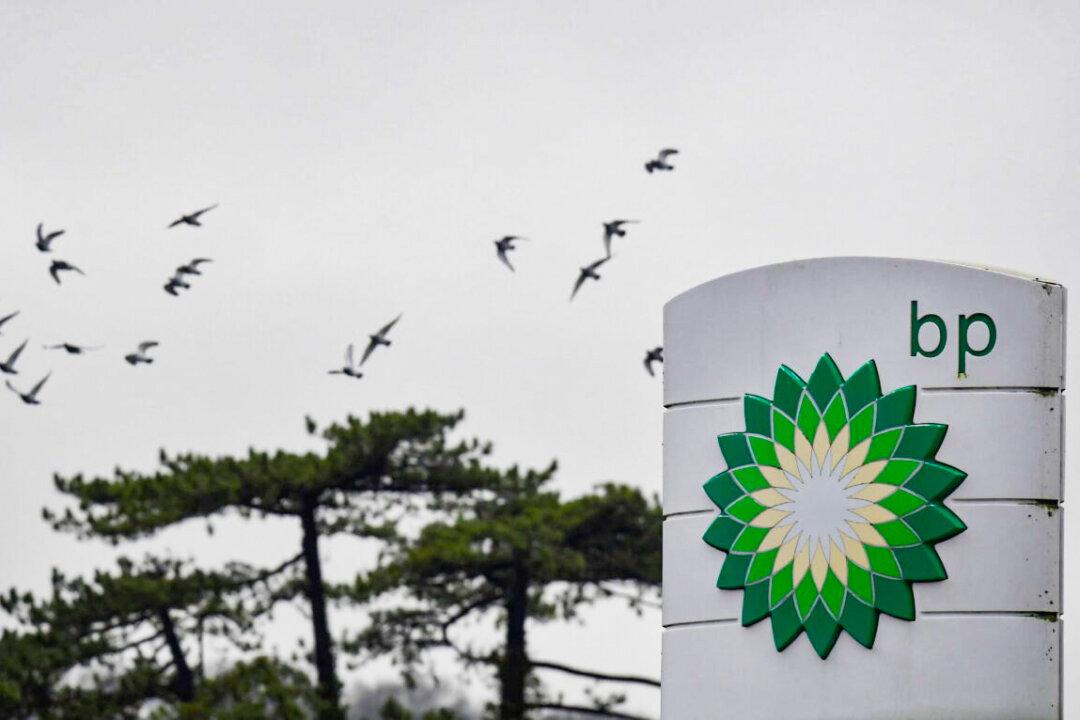LONDON—BP reported its strongest operational performance in more than a decade on Tuesday on the back of rocketing oil prices that helped it step up share buybacks, even as a $24 billion writedown from exiting Russia led to a record quarterly loss.
Shares in the energy firm climbed 2.8 percent by 1:11 p.m. GMT in London trading after BP reported its highest operational profit since 2008, encouraging more calls for a windfall tax to help British households and other consumers cope with spiraling fuel bills.





